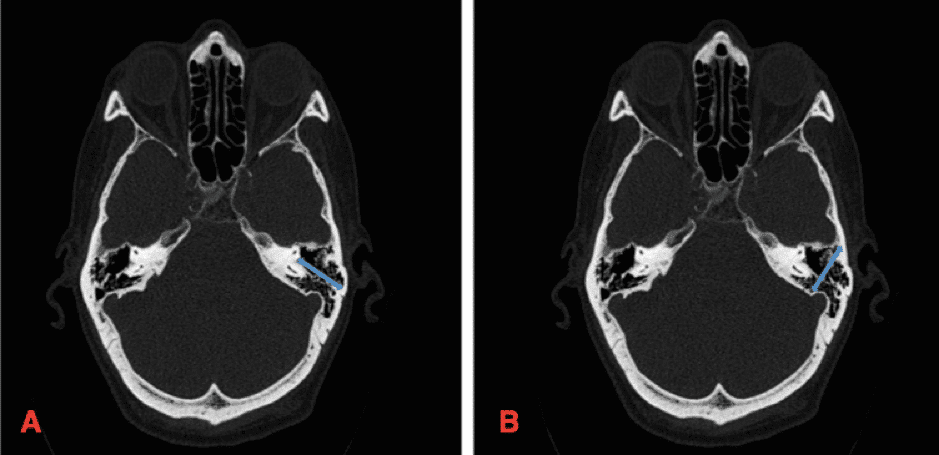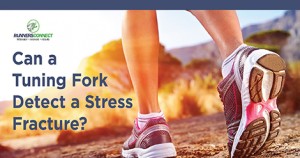

The Tuning Forks are activated by striking them against something hard, but that does not damage them. – As a way to prepare the tissue for a traditional massage session or chiropractic work. – Anywhere you are drawn to for a feel good massaging treatment. – Acupoints to stimulate the Chinese meridian system. – Any area that is tight, bound, locked, or sore. The Matrix Tuning Forks can be used for several types of treatments: The x-ray showed a fracture in the horse’s coffin bone. The horse was showing on and off lameness, so she decided to have that foot radiographed. For example, an observation shared by a user was that one of her horses truly objected to the tuning forks on the ting points (along the coronet band). If a horse objects to the tuning forks, use that information to help further determine the issue at hand. For massage practitioners, tuning forks provide a break from the strenuous hands-on work before the traditional massage session begins. With more involved cases, a tuning fork session can be a helpful preparation for a chiropractic treatment. Depending on the issue, tuning forks may be all that is needed to resolve the issue. When addressing lameness is the objective, the tuning forks are used to help release any tightly-bound fascia. The treatments produce a light massage with gentle vibrations penetrating deeply to help unwind the fascia. Tuning forks become an extension of your hands without the work of using your body in traditional massage. It’s uncomplicated and pure in a sense that no machine is required. Tuning are very relaxing and a nice way to incorporate a soothing treatment without much work for the user. Non-professionals like how easy it is to give their horses a feel-good treatment. Chiropractors and massage therapists find them beneficial before adjustments and massage to relax tissue. Treating a horse’s hips using method #1 using the longest forks that are 64 Hz. Journal of Orhtopaedic & Sports Physical Therapy 2012 42(9):760-771.Treating a horse’s hips using the non-contact method (#3) using the longest forks that are 64 Hz. The ability of clinical tests to diagnose stress fractures: a systemative review and meta-analysis. Schneiders AG, Sullivan SJ, Hendricks PA et al. Although Doppler Ultrasound seems to be increasingly utilized in musculoskeletal medicine, it is not useful for detecting lower limb stress fractures.ĭo you have leg pain? Do you think it could be a stress fracture? Our clinic doesn’t typically treat stress fractures, but we really like helping people figure out if they might have one. Bone scan or MRI have been established as the best way to detect a stress fracture. X-rays are not the best for detecting stress fractures. Stress fractures are diagnosed with imaging. Surprisingly, the literature shows that there may be some slight validity to this test but it should not be used as a stand-alone diagnostic tool. The theory is that the vibration is sent through the bone from the fork and if there’s a fracture, the vibration in this area would be painful. The fork is placed on the bone in question and an increase in pain may suggest the presence of a fracture.

To perform this test, the practitioner strikes an instrument called a tuning fork on a hard surface (like the bottom of a shoe) to get the instrument vibrating. Tuning forks are often used in a clinical or field setting to detect the presence of a bone fracture.

Unfortunately, there are no reliable clinical tests that can definitively rule this condition in or out. Factors such as training schedule, training surface, footwear, previous injury and overall bone health are some of the many important factors to consider. Suspicion of stress fracture is usually determined during the patient interview. In fact, it affects approximately 20% of runners! 80-95% of stress fractures occur in the lower limbs and the tibia is the most commonly affected bone.

A stress fracture is an overuse bone injury that typically affects active people.


 0 kommentar(er)
0 kommentar(er)
